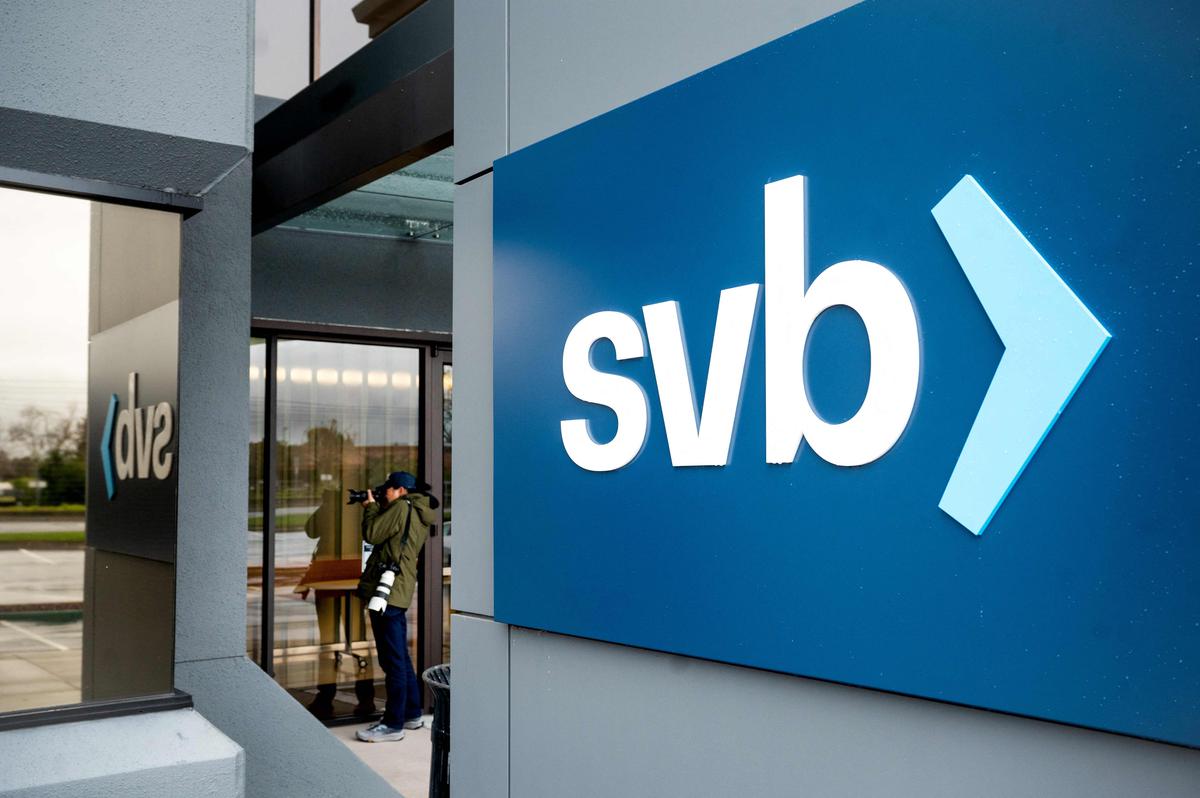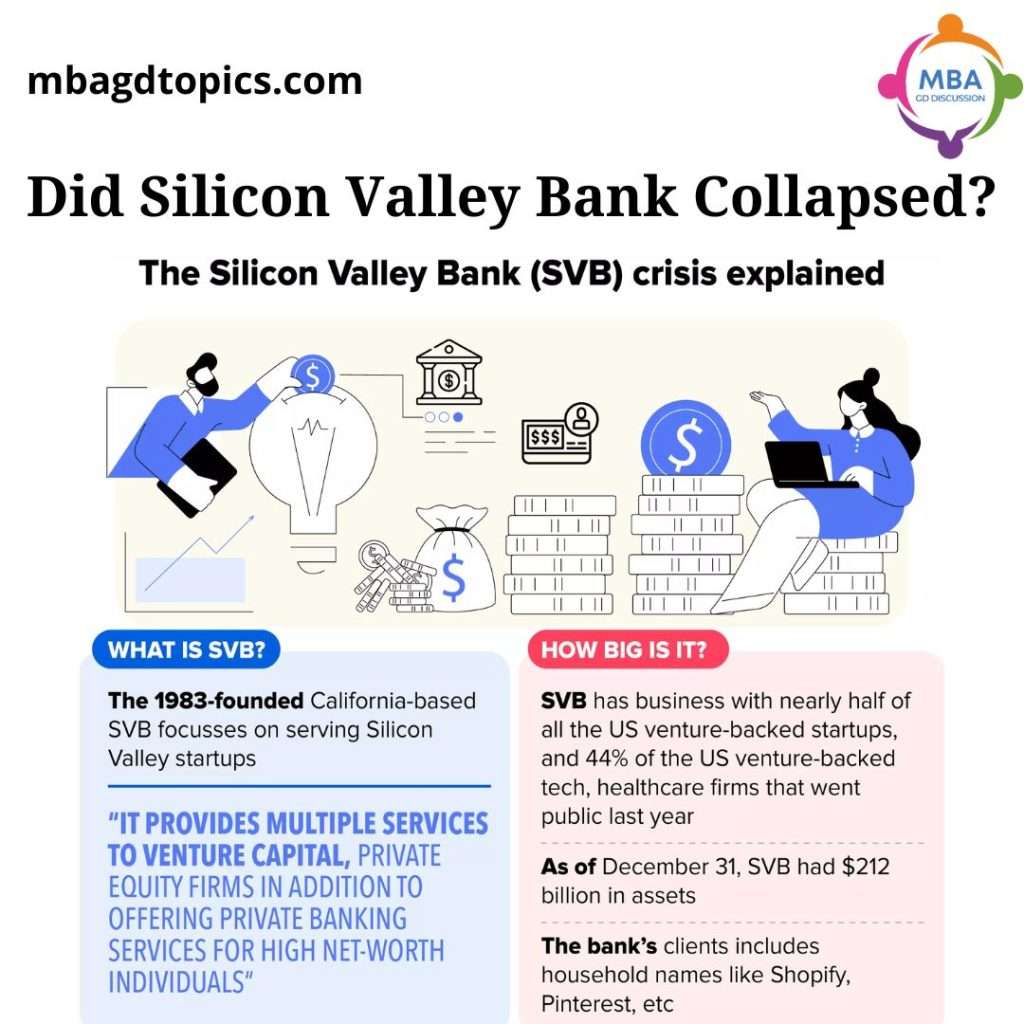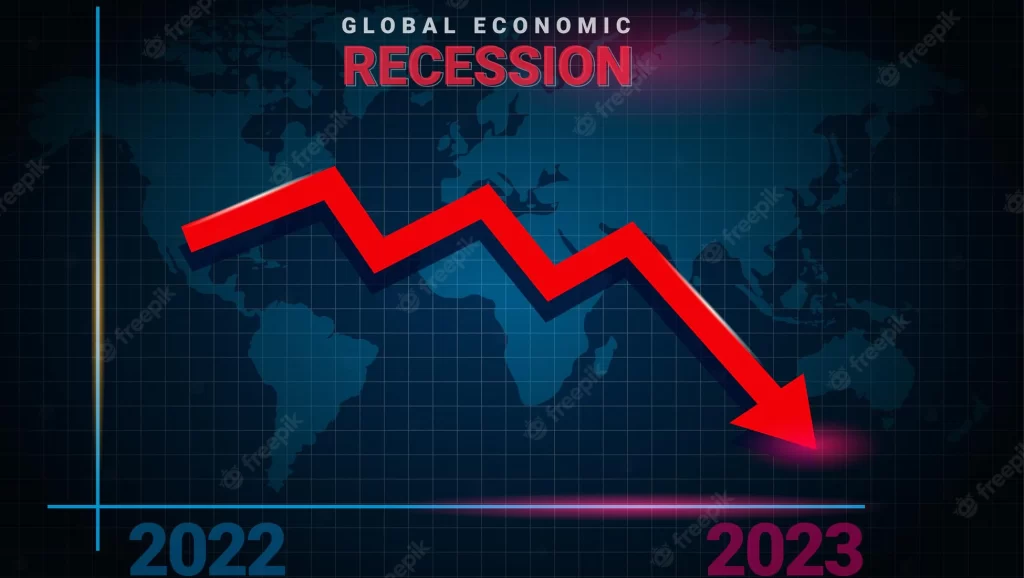Silicon Valley’s Bank (SVB) Collapse 2023
Theme:
The hard-hit tech sector first made information in past due 2022 and early 2023 with mass layoffs. Over a period of just two days in March 2023, the bank went from solvent to broke as depositors rushed to SVB to withdraw their funds, resulting in federal regulators closing the bank on March 10, 2023.

SVB’s collapse marked the second-largest bank failure in U.S. history after Washington Mutual’s in 2008. While bank failures aren’t uncommon, it’s rare to see banks of SVB’s size become insolvent. When these rare occurrences happen, questions arise about how they can be prevented.
What is Silicon Valley Bank?
SVB become founded in 1983 and become the sixteenth largest U.S. Bank before its collapse. They specialized in financing and banking for challenge capital-sponsored startup corporations — mainly technology organizations. Venture capital companies did enterprise there as well as several tech executives.
Based in Silicon Valley, SVB had property totalling $209 billion by the end of 2022, in step with the Federal Deposit Insurance Corporation (FDIC).
Why have banks, such as Silicon Valley Bank, failed in 2023?
The collapse happened for multiple reasons, including a lack of diversification and a classic bank run, where many customers withdrew their deposits simultaneously due to fears of the bank’s solvency.
Many of SVB’s depositors were startup companies. They deposited large amounts of cash from investors because the tech was in high demand during the pandemic, said Jay Jung, founder and managing partner of Embarc Advisors.
Lack of diversification:
Silicon Valley Bank invested a large amount of bank deposits in long-term U.S. treasuries and agency mortgage-backed securities. However, bonds and treasury values fall when interest rates increase.
- When the Federal Reserve hiked interest rates in 2022 to combat inflation, SVB’s bond portfolio started to drop. SVB would have recovered its capital if it held those bonds until their maturity date.
- Silicon Valley Bank used to lend out money for short durations. However, in 2021, they shifted to long-term securities such as treasuries for more yield, and they did not protect their liabilities with short-term investments for quick liquidations. They were insolvent for months because they could not liquidate their assets without a large loss.
- When economic factors hit the tech sector, many bank customers withdrew money as venture capital started drying up. SVB didn’t have the cash on hand to liquidate these deposits because they were tied up in long-term investments. They started selling their bonds at a significant loss, which caused distress to customers and investors.
- Within 48 hours after disclosing the sale of assets, the bank collapsed.

Bank run:
When SVB announced their $1.75 billion capital raising on March 8, people became alarmed that the bank was short on capital. Word spread quickly on social media accounts such as Twitter and WhatsApp inducing panic that the bank didn’t have enough funds. Customers started to withdraw money in waves. SVB’s stock plummeted by 60% on March 9, 2023, after its capital-raising announcement. Some people are saying the bank run was Twitter-fueled.
- California regulators shut the bank down on March 10, 2023, and placed SVB under the FDIC.
- Unlike personal banking, SVB’s clients had much larger accounts. It didn’t take long for money to diminish during the bank run, with the escalating pace of withdrawals causing a snowball effect. Most customers had deposited more than the $250,000 FDIC limit.
- Many startups left money in their SVB primary account instead of using other accounts — such as a money market — to pay expenditures. This means most of their working capital was mainly in their SVB account, and they needed access to their deposits for payroll and bills.
How could this collapse affect small businesses and the financial sector in the future?
- Immediate panic may subside with the U.S. government’s guarantee of bank customer deposits. Stocks and financial futures increased after the guarantee by 1% to 2%. Before the guarantee, SVB customers were worried about paying employees, which would have upset the economy even more.
- The larger questions involve the rising interest rates and if other banks are too invested in falling bond prices. The Federal Reserve created a new program named the Bank Term Funding Program, which provides loans to banks and credit unions for money tied into U.S. Treasury and mortgage-backed securities to meet the demands of customers. This program prevents banks from selling long-term government securities for a loss during stressful times.
- The biggest concern right now is the technology sector, which has been hit with recessionary conditions, forcing larger tech companies to cut staff. Now one of their largest supporters has collapsed. Startups may face funding issues as management teams at other banks are scared to take the risk of the investment, Jung said.
- In the broader scope, SVB’s collapse shows that financial management is necessary when times are good and bad. Jung said during a recessionary environment, companies need to take extra precautions with rising interest rates, supply chain issues and difficulties in raising capital.

Who is affected by the collapse?
- SVB stockholders and investors took a big hit because, unlike customers, they were not backed by FDIC on their investments.
- Other issues include a lack of money from deposits for immediate expenses such as payroll. Large tech companies with significant cash in SVB include Etsy, Roblox, Rocket Labs and Roku.
- The FDIC insures most banks. However, the accounts were insured up to only $250,000. With company accounts, this is not much, as they may spend millions in a month.
Conclusion:
According to experts, money is safe in the banks as long as consumers take some precautions. People should plan accordingly and stay within the FDIC insurance limits and spread out accounts as much as possible, said Frank Arellano, founder and CEO of Revolv3, a subscription billing platform. He also said some banks are offering additional insurance above FDIC, and businesses and consumers should make sure all their deposits are insured.






Pingback: https://mbagdtopics.com/svb-collapse-2023/ | Mb...